
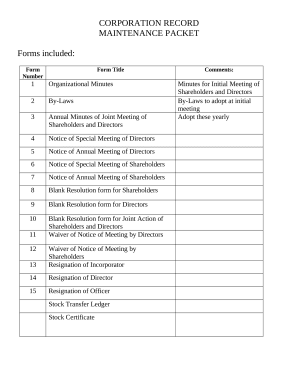
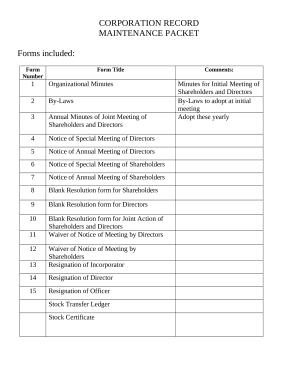


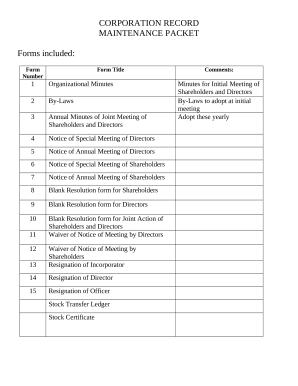
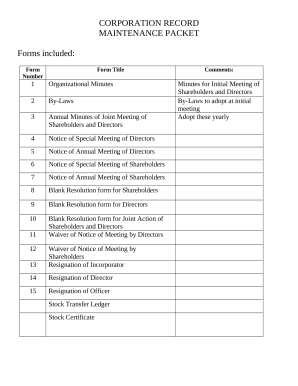
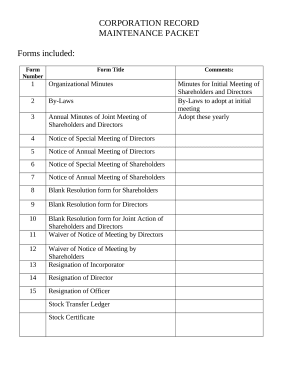
Document management can stress you when you can’t discover all the documents you need. Luckily, with DocHub's considerable form library, you can get all you need and swiftly handle it without the need of changing among apps. Get our Corporate Records Maintenance Forms and start utilizing them.
Using our Corporate Records Maintenance Forms using these basic steps:
Try out DocHub and browse our Corporate Records Maintenance Forms category without trouble. Get a free account right now!